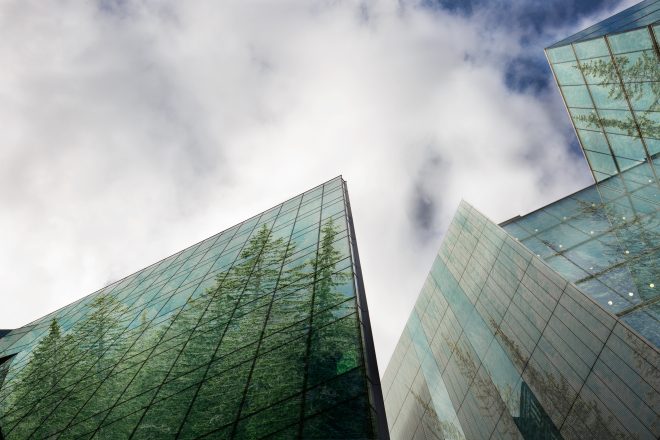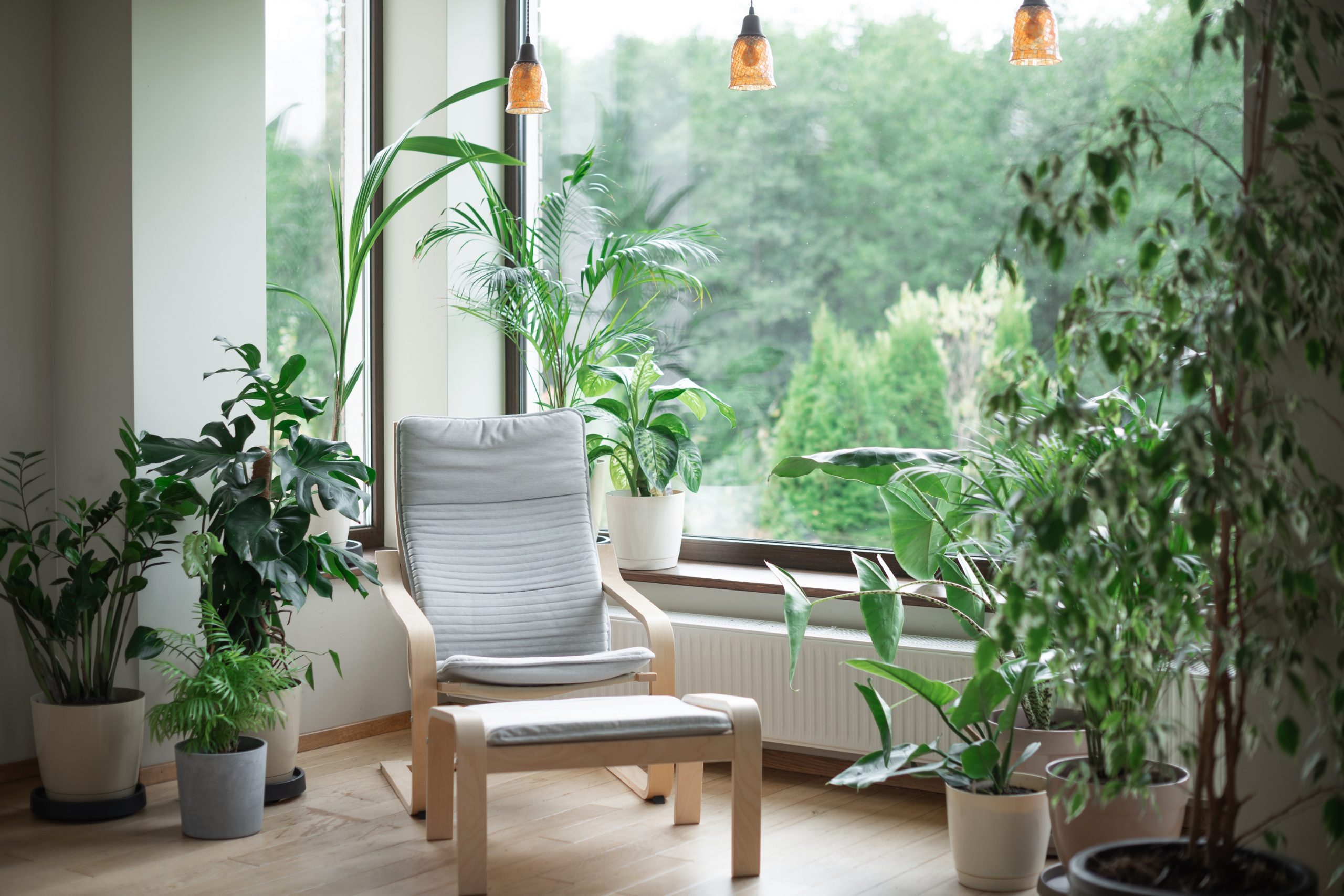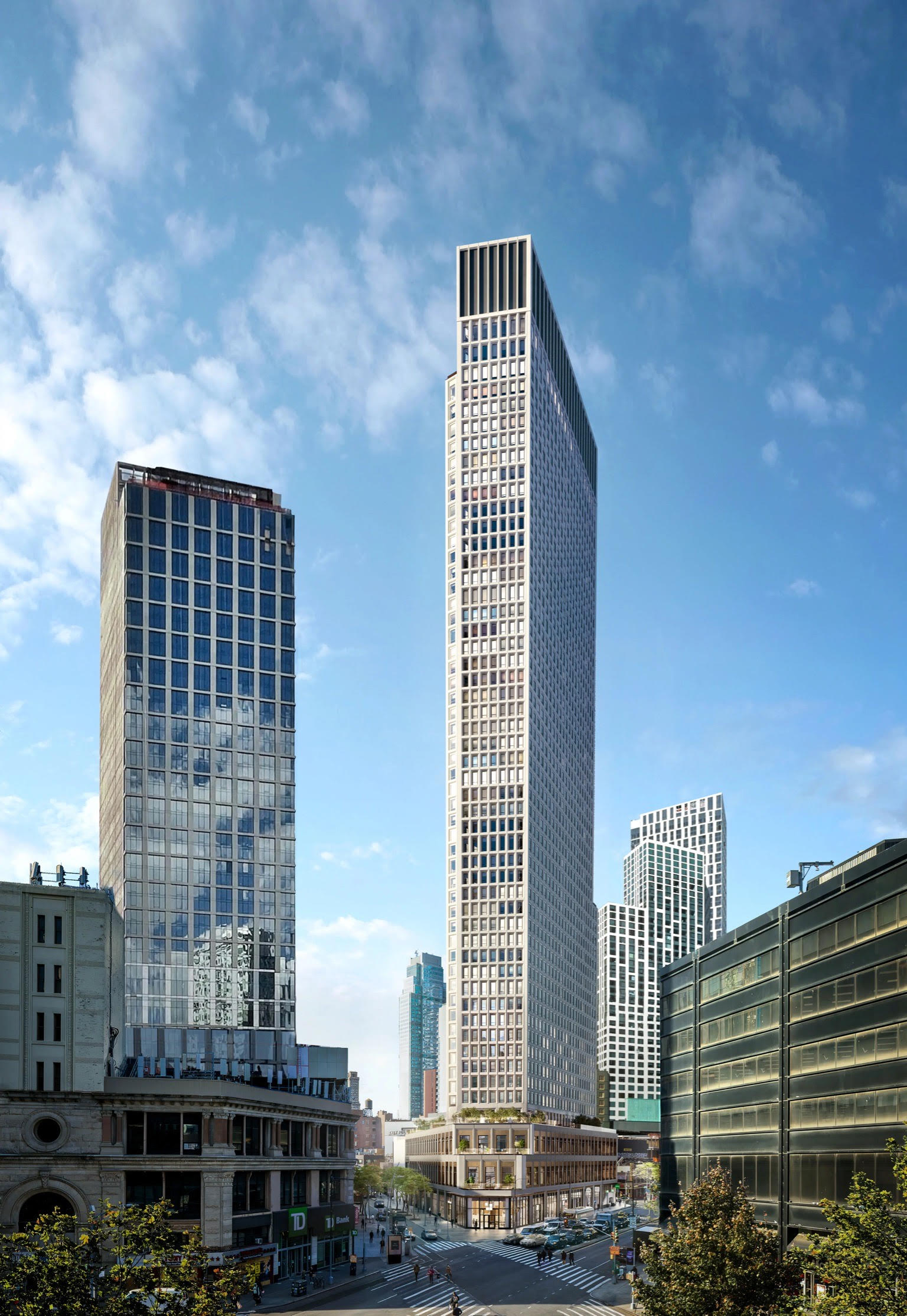Passive Housing in NYC: What is it and Where to Find It

As New York City’s real estate landscape continues to evolve, a focus on sustainability and energy efficiency has become increasingly important. One of the most significant developments has been the rise of so-called “passive” housing, a design approach that prioritizes energy conservation alongside comfort. In this article, we will explore the concept of passive housing, its benefits, and where you can find these innovative homes in the city.
Understanding Passive Housing

Passive housing, sometimes more simply known as “passive house,” (a direct translation of its original German name, “Passivhaus,”) is a building standard that emphasizes energy efficiency and sustainability. This concept emerged in Germany in the late 1980s, though its origins are older still, and has since gained recognition and popularity worldwide. Passive housing aims to create buildings that maintain a comfortable indoor temperature with minimal energy consumption. It employs several key design principles to achieve this goal:
Super insulation
Passive houses are heavily insulated in their walls, roofs, and floors, reducing heat transfer between the interior and exterior. This means less energy is needed to maintain a consistent temperature indoors, resulting in lower heating and cooling costs.
Airtight construction
Airtight construction minimizes air leakage, which can lead to heat loss and drafts. Passive houses utilize meticulous sealing techniques around windows, doors, and other openings to ensure an efficient barrier between indoor and outdoor environments. Specially designed windows with multiple panes and insulated frames help regulate indoor temperatures and reduce energy loss. These windows optimize natural light while maintaining the desired indoor climate.
Heat recovery ventilation (HRV)
An HRV system captures heat from outgoing air and uses it to warm incoming air, improving indoor air quality while conserving energy. This system ensures a continuous flow of fresh air throughout the home while, again, reducing the overall energy budget that is applied to maintain indoor temperatures.
Thermal bridge reduction and overall orientation:
Passive house design aims to minimize thermal bridges—areas where heat can easily escape, such as at joints and seams. This is achieved through careful construction and the use of high-quality materials. This idea is also applied to the orientation of the building itself passive houses are often oriented on their plots to maximize solar exposure, harnessing the sun’s energy for passive heating and natural light. Strategically placing windows and shading devices allows for natural sunlight to be used for heating and lighting, balancing solar gain throughout the day.
By incorporating these features, passive housing can reduce energy consumption by up to 90% compared to traditional buildings. That the design also prioritizes comfort and indoor air quality means that these energy savings to not come at the cost of comfort or quality of living.
The Benefits of Passive Housing

Passive housing offers numerous advantages to homeowners, making it an attractive option for those seeking energy-efficient and sustainable lifestyles. As mentioned previously, these are not simply financial considerations—passive housing can often represent an increase in living standards, too. Here are some key benefits of passive housing:
Energy savings
Passive houses require significantly less energy for heating and cooling compared to traditional buildings. By utilizing advanced insulation, airtight construction, and efficient ventilation systems, these homes can achieve substantial cost savings on utility bills, benefiting residents’ wallets in the long run.
Year-round comfort
The carefully controlled indoor climate in passive houses ensures a comfortable living environment in all seasons. Consistent temperatures and humidity levels are maintained without the need for traditional heating and cooling systems, creating a pleasant and stable atmosphere for residents. This is achieved naturally—there is no need to crank the thermostat in the winter, or the air conditioning in the summer. Passive housing is about efficient maintenance of a standard.
Healthier indoor air quality
Passive houses prioritize indoor air quality by incorporating heat recovery ventilation (HRV) systems that continuously filter incoming air. These systems remove pollutants, allergens, and excess moisture, resulting in a healthier, fresher indoor environment for occupants.
Reduced carbon footprint
By significantly lowering energy consumption, passive houses contribute to a reduction in greenhouse gas emissions. This supports a more sustainable lifestyle and aligns with broader efforts to combat climate change and reduce reliance on fossil fuels.
Noise reduction
The airtight construction and high-performance windows of passive houses not only improve energy efficiency but also provide excellent noise insulation. This creates a quieter, more peaceful living environment, especially beneficial in bustling urban areas. And this is just one of the reasons passive houses may see increased property value. As sustainability becomes a key consideration for homebuyers, passive houses are becoming a more popular choice.
Resilience to power outages
Due to their efficient design and insulation, passive houses can maintain comfortable indoor temperatures even during power outages. This resilience provides peace of mind and security to residents during emergencies. And, as extreme weather events become more common, sets passive houses in a better position than many other developments to weather the climate changes yet to emerge.
Where to Find Passive Housing in NYC

New York City is home to several passive housing developments. As the demand for eco-friendly living grows, more projects are being built across the city. Here are some notable passive housing developments in NYC:
House at Cornell Tech
Located on Roosevelt Island, this high-rise residential building is one of the largest passive house projects in the world. With 352 units, the building offers a range of living options for students, faculty, and staff. Designed with advanced insulation, high-performance windows, and efficient ventilation systems, the building provides comfortable and energy-efficient living spaces.
The House at 377 Union Street
Situated in Brooklyn’s Carroll Gardens neighborhood, this five-story residential building is a prime example of modern passive housing design. It features 13 condominiums, each equipped with energy-efficient systems, natural lighting, and state-of-the-art ventilation. The building’s innovative design ensures a comfortable living environment with reduced energy consumption.
Perch Harlem
Perch Harlem is an eight-story rental building located in East Harlem. It offers 34 apartments, blending passive house design with affordable housing. Residents benefit from energy-efficient homes that boast high-quality ventilation, insulation, and natural lighting, all while keeping rental costs reasonable.
Knickerbocker Commons
This six-story residential building is located in Brooklyn’s Bushwick neighborhood and features 24 rental units. Knickerbocker Commons was one of the first multifamily passive house developments in NYC and serves as a model for combining energy efficiency with modern urban living. Its design includes high-performance windows and insulation, providing residents with comfortable and sustainable homes.
The Arbor House
Situated in the Bronx, Arbor House is a pioneering affordable housing development built to passive house standards. This 124-unit building offers residents a range of sustainable features, including green roofs, solar panels, and advanced insulation. Arbor House sets an example of how passive housing can be accessible to a wide range of residents.
Sendero Verde
This ambitious development in East Harlem is set to become the largest affordable passive housing project in the world. With over 700 units planned, Sendero Verde will offer sustainable and energy-efficient living spaces to more people than ever before.
These developments showcase the city’s commitment to sustainable living and the potential for passive housing to transform the real estate market. As more projects are completed, passive housing options in NYC will continue to grow, providing residents with eco-friendly homes that offer both comfort and savings.
Where Next for Passive Housing?

The future of passive housing in New York City looks promising. As the city continues to prioritize sustainability and energy efficiency in its real estate developments, passive housing is strategically situated to take advantage of a changing world. Several factors contribute to the anticipated growth and prominence of passive housing in the city’s landscape, including an increased demand for sustainability, supportive policies and regulations, technological advancements, as well as the philosophy’s long-term economic advantages.
In the coming years, passive housing is expected to play an increasingly important role in NYC’s real estate market. Its potential to reduce energy consumption, improve indoor air quality, and provide comfortable living spaces aligns with the city’s sustainability goals and the preferences of modern homebuyers.
As passive housing becomes more mainstream, residents can expect a wider variety of options across the city’s boroughs. These homes offer a sustainable, efficient, and healthy way of living, helping New Yorkers contribute to a greener future while enjoying the comforts of modern urban living.
- Categories:
